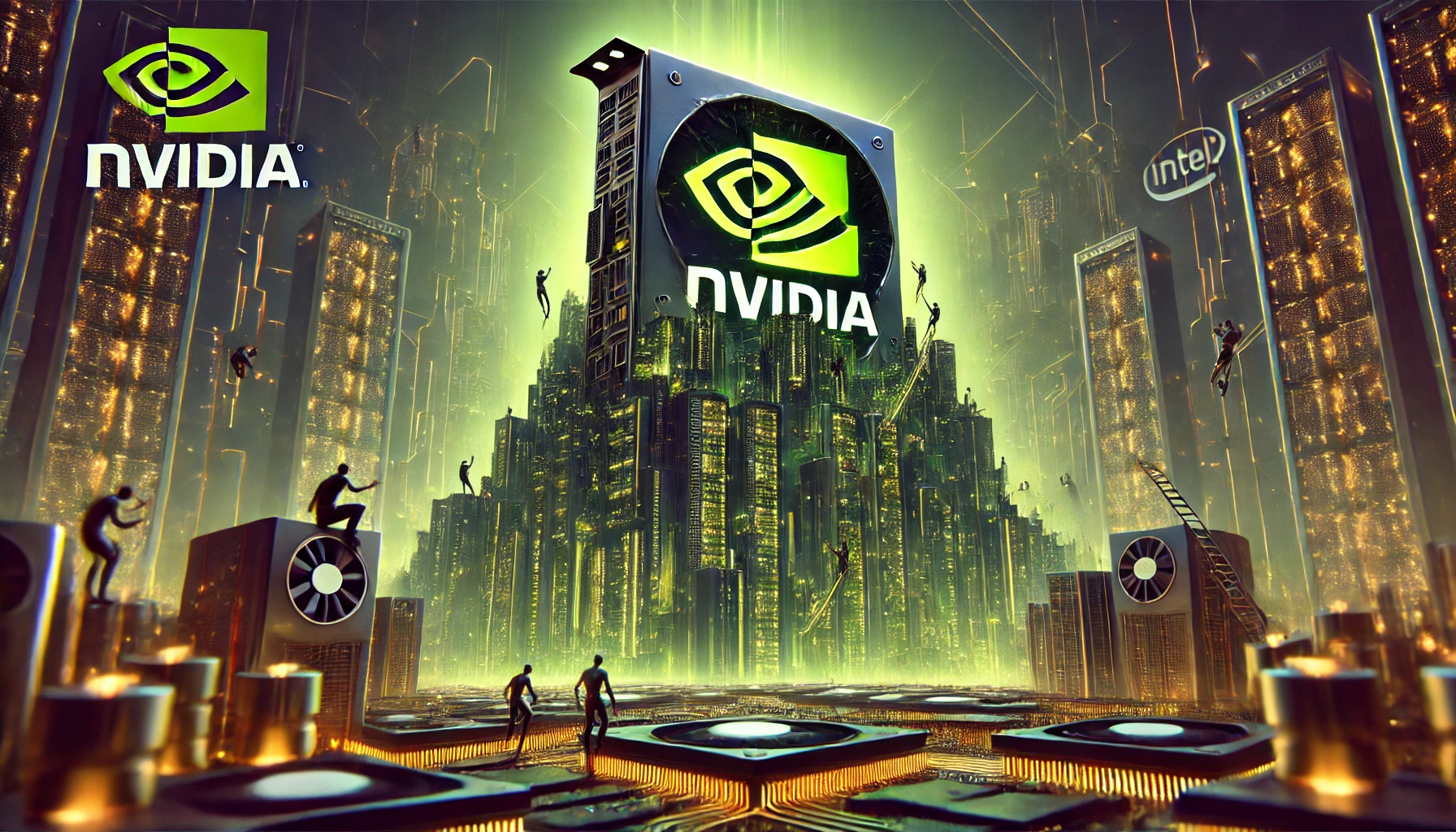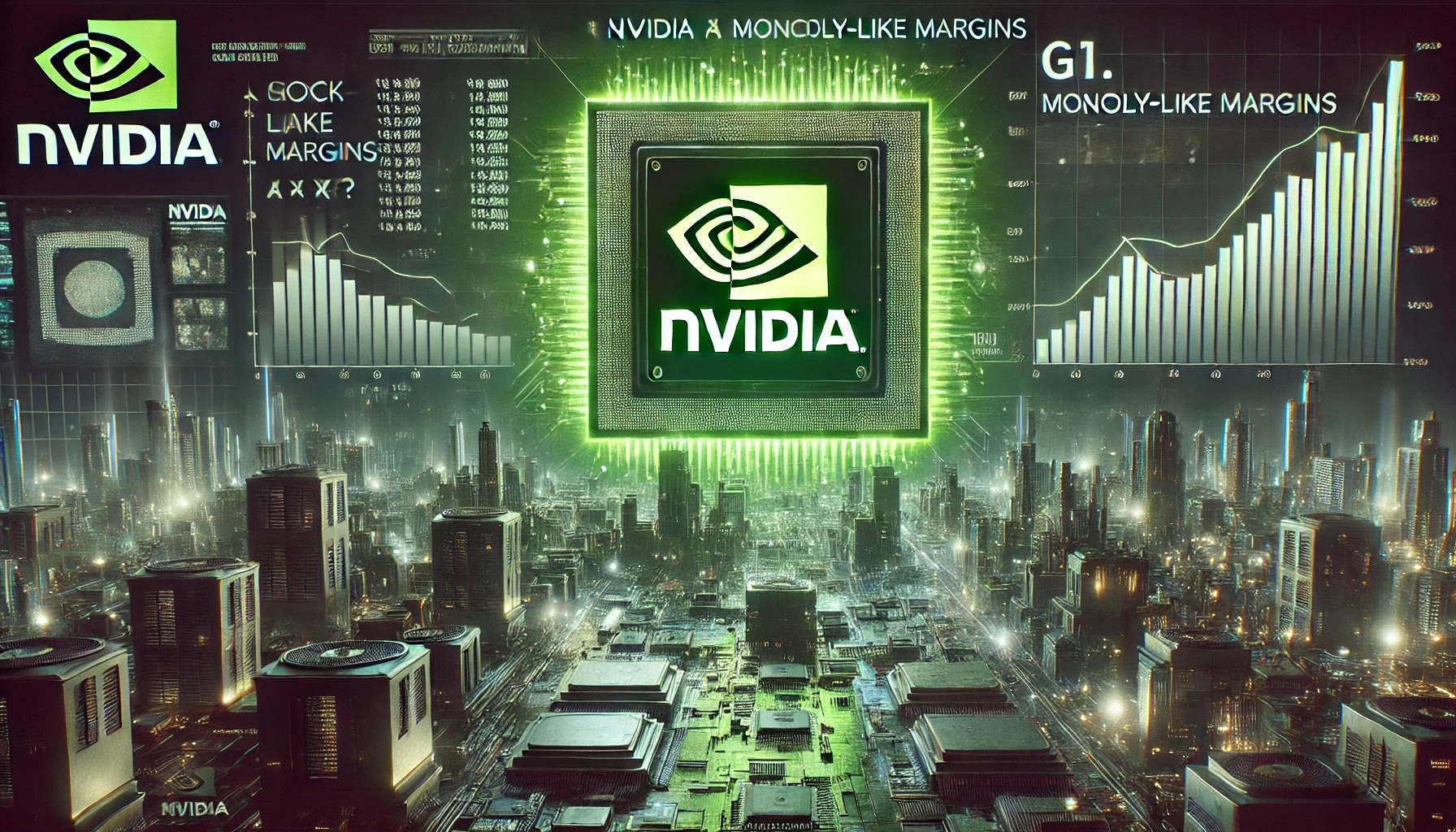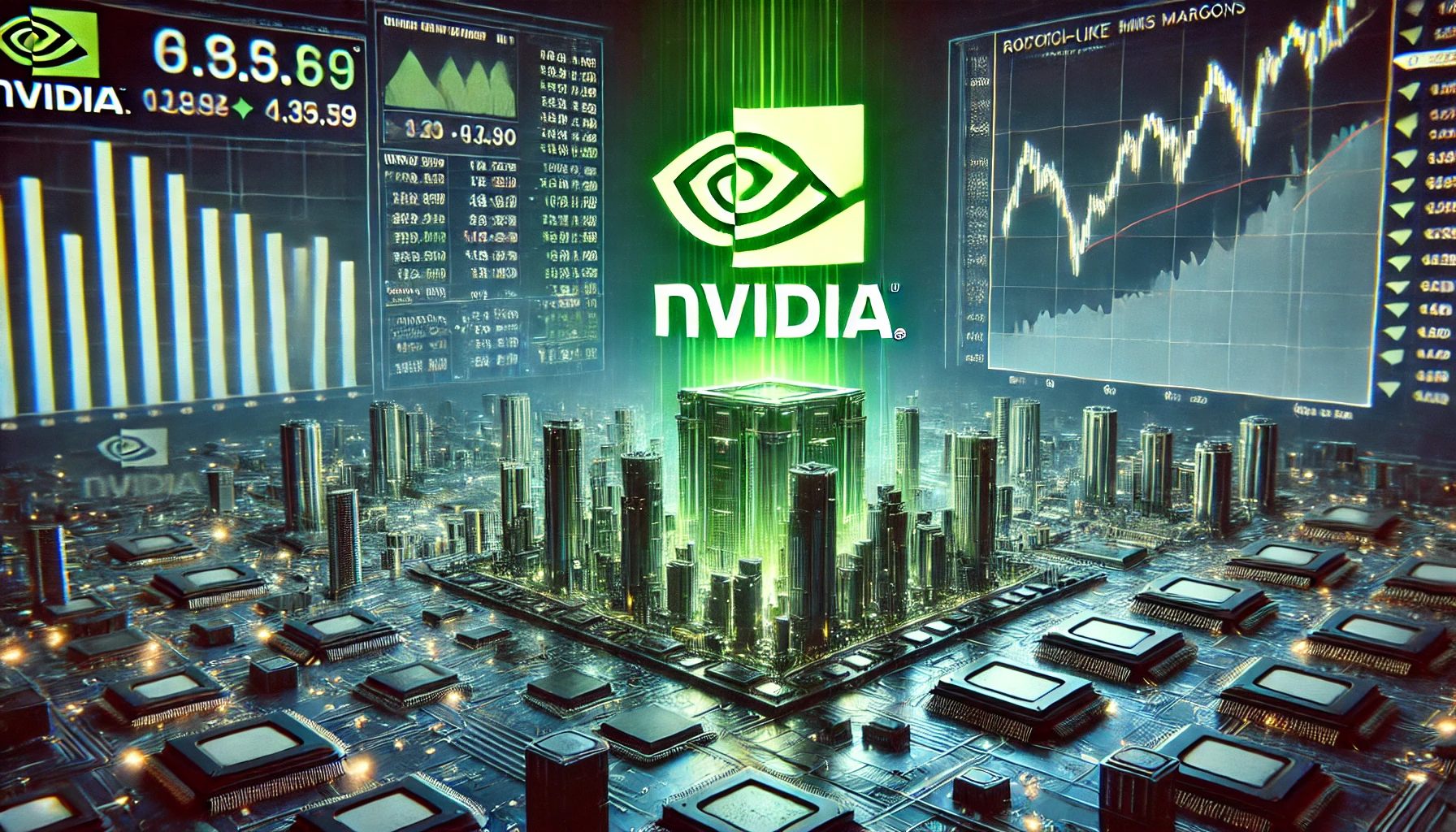
Nvidia Under Siege, But Not Defeated Yet
It’s a well-known belief in Silicon Valley that no company has a stronger competitive edge than Nvidia, the undisputed leader in AI chip production. That notion was shaken on January 27th when a Chinese startup, DeepSeek, unveiled an AI model that reportedly cost under $6 million to train. The revelation wiped out nearly $600 billion from Nvidia’s market value—the biggest single-day loss in U.S. stock market history. This event was akin to a trebuchet in medieval warfare, smashing through Nvidia’s defenses. But has the company truly been breached? ( क्या Nvidia अपने Monopoly-Like Margins को बचा पाएगा? )
Nvidia is no stranger to dramatic stock market swings. Over two years of AI-fueled excitement, its valuation skyrocketed past $3 trillion but also experienced eight of the ten worst single-day drops in history. This volatility reflects a battle between two camps: those who see CEO Jensen Huang as a visionary who can maintain Nvidia’s monopoly-like profits indefinitely, and skeptics who believe its high product and stock prices are signs of an AI bubble destined to burst.
The Growing Threat to Nvidia
At the moment, skeptics have the upper hand. DeepSeek’s ability to create AI models nearly as advanced as those in the U.S., while seemingly using fewer and less powerful GPUs, challenges the assumption that AI progress requires massive chip expenditures. Tech giants like Microsoft, Meta, and Elon Musk’s xAI, along with OpenAI-backed Stargate, have all announced plans to build GPU-heavy data centers. However, an insider at a major Nvidia client suggests that DeepSeek’s breakthrough might signal a way to achieve AI advancements at significantly lower costs. If true, this poses a major threat to Nvidia, whose high-end chips boast gross margins exceeding 90%, according to investor Jeffrey Emanuel, who predicted Nvidia’s decline just days before the market crash.
To make matters worse, competition among chipmakers is intensifying. Nvidia’s GPUs remain critical for training large language models (LLMs), but in the inference stage—where AI models generate responses—it faces growing competition. Startups like Groq are developing chips specialized for ultra-fast inference, while cloud giants like Amazon, Google, and Microsoft are building custom chips to reduce reliance on Nvidia. “The market dislikes dependency on a single supplier,” says an executive from a cloud provider. Additionally, new AI models from DeepSeek and OpenAI prioritize test-time compute (more inference rather than training), which could further weaken Nvidia’s dominance. ( क्या Nvidia अपने Monopoly-Like Margins को बचा पाएगा? )
Is the AI Boom Overhyped?
Since the launch of ChatGPT in late 2022, Nvidia has been the top “picks and shovels” investment in the AI revolution. However, like the early days of the internet, the AI boom has largely been fueled by optimism rather than concrete financial returns.
Despite this, many investors remain bullish on Nvidia. Some speculate that DeepSeek may have exaggerated its efficiency to bolster China’s AI reputation, though others argue its claims are credible. There’s even speculation that DeepSeek’s models were trained using insights from American AI models built on Nvidia’s most powerful chips. ( क्या Nvidia अपने Monopoly-Like Margins को बचा पाएगा? )
DeepSeek’s emergence could also push U.S. companies to accelerate their AI investments. OpenAI, known for its insatiable demand for GPUs, has already vowed to counter DeepSeek with “much better models,” according to CEO Sam Altman. ( क्या Nvidia अपने Monopoly-Like Margins को बचा पाएगा? )
Nvidia’s Competitive Edge
Nvidia bulls acknowledge rising competition, particularly in inference, but argue that its dominance goes beyond hardware. Its CUDA software is deeply integrated into AI development, and its networking infrastructure optimizes GPU performance in data centers. “Nvidia is more than a chip company—it’s a system company,” says Umesh Padval of Thomvest Ventures.
While Nvidia’s market share and profit margins are expected to decline—perhaps sooner than anticipated—it is far from losing its leadership position. This may explain why its stock rebounded more than 8% on January 28th. A key wildcard remains: whether Huang is truly the visionary that his supporters believe him to be. ( क्या Nvidia अपने Monopoly-Like Margins को बचा पाएगा? )

According to Daniel Newman of research firm Futurum, Huang has a track record of staying ahead of the curve. He is already looking beyond LLMs, which risk becoming commoditized, and recently unveiled plans for “physical AI.” This concept focuses on building foundational AI models that understand and interact with the real world—paving the way for humanoid robots, self-driving cars, and more.
Conclusion: Nvidia’s Future in an Evolving AI Landscape
Nvidia’s recent stock market turbulence highlights the shifting dynamics of the AI industry. DeepSeek’s emergence, alongside growing competition from chipmakers and tech giants, signals that the AI hardware landscape is evolving rapidly. While Nvidia remains the undisputed leader in AI chips, the assumption that it will maintain monopoly-like dominance indefinitely is being challenged. The idea that AI development requires massive investments in cutting-edge GPUs is no longer a certainty. If companies can achieve similar AI performance with fewer or less advanced chips, Nvidia’s high margins may be unsustainable.
However, Nvidia is far from being counted out. Its CUDA software ecosystem and networking infrastructure give it a significant edge over competitors. Additionally, its strategic vision extends beyond traditional AI models, with CEO Jensen Huang already pivoting toward “physical AI,” a move that could redefine the industry. If successful, this shift could open new revenue streams in robotics, autonomous vehicles, and real-world AI applications. ( क्या Nvidia अपने Monopoly-Like Margins को बचा पाएगा? )
Moreover, AI demand continues to surge, and Nvidia’s technological expertise ensures it will remain a key player. While its market share and margins may decline, the company is still well-positioned to capitalize on the AI revolution. Investors and industry watchers should recognize that while challenges exist, Nvidia’s adaptability and innovation will determine its long-term success. Whether it maintains dominance or shares the spotlight with new.
The AI industry is evolving faster than ever, and companies like Nvidia are at the center of this transformation. Will it retain its dominance, or will new challengers redefine the market? Stay informed about the latest AI trends, breakthroughs, and market shifts. ( क्या Nvidia अपने Monopoly-Like Margins को बचा पाएगा? )
🔍 What’s your take on Nvidia’s future? Share your thoughts in the comments!
📢 Follow us for more insights on AI, tech trends, and market analysis!
📩 Subscribe to our newsletter to never miss an update!
The future of AI is unfolding—be part of the conversation! 💡


